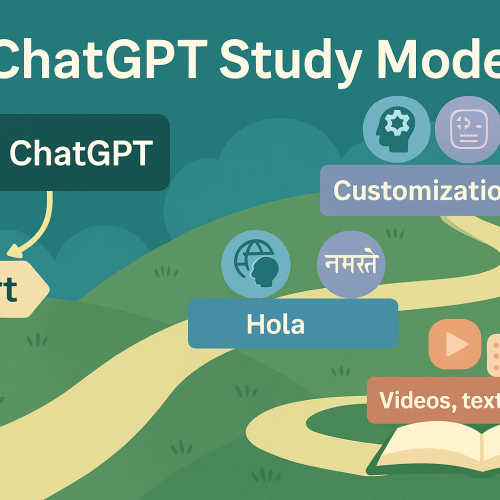The Quantum Leap Towards Practical Computing
For years, quantum computing has been a futuristic dream, always just out of reach. But now, Microsoft and Google are making groundbreaking progress that could bring real-world applications sooner than expected. Their latest developments—Microsoft’s Majorana 1 and Google’s Willow—represent two different approaches to solving one of the biggest challenges in quantum computing: stability and error correction.
Before we dive in—no, Google hasn’t acquired us (yet)! Despite the name, WillowFlow has no connection to Google’s Willow quantum chip. But if they’re interested… let’s talk! 😆
So, what’s the difference between Majorana 1 and Willow, and why should we care?
Breaking Down the Technology
🔹 Qubits: The Building Blocks of Quantum Computing
Unlike traditional computers that store information in 0s and 1s, quantum computers use qubits, which can be 0, 1, or both at the same time (a property called superposition). This allows quantum machines to process vast amounts of data simultaneously.
However, qubits are fragile. Even small environmental changes can cause them to lose information (decoherence), making quantum computing highly unstable. This is where Microsoft and Google are taking different approaches:
- Microsoft’s Majorana 1 → Uses topological qubits, designed to be more stable, reducing errors and improving scalability.
- Google’s Willow → Uses superconducting qubits, which are more widely used but require extensive error correction to function reliably.
Each method has advantages and challenges. Topological qubits could lead to faster, more scalable quantum computing, while superconducting qubits are already being used in research, but require massive error correction.
How Quantum Computing Could Transform Humanitarian Work
While quantum computing is still evolving, its potential impact on humanitarian response, security, and logistics is enormous. In the coming years, we could see major breakthroughs in the field.
🔹 Early Warning for Conflict & Crisis
Quantum-powered AI could analyze satellite images, social media trends, and geopolitical data in real time, helping aid workers detect emerging conflicts before they escalate. This could mean faster evacuations, better-prepared field teams, and improved response coordination.
🔹 Unbreakable Communications for Field Teams
Current encrypted messaging, VPNs, and satellite phones could be vulnerable to future cyber threats. Quantum encryption promises unhackable security, ensuring that humanitarian missions, staff locations, and sensitive operations remain protected.
🔹 Real-Time Safe Route Planning
Delivering aid in conflict zones is a logistical nightmare. Quantum-enhanced AI could analyze dynamic risks, such as roadblocks, active conflict areas, and checkpoint changes, helping teams navigate safely and efficiently.
🔹 Optimized Logistics & Rapid Deployment
When disaster strikes, every second counts. Quantum computing could model real-time supply chain disruptions, helping organizations move food, medicine, and resources faster and more efficiently.
🔹 Protecting Digital Identities for Refugees
Millions of displaced people rely on digital IDs and biometric records for aid. Quantum-resistant encryption could ensure these sensitive records are secure, preventing exploitation by hostile groups.
Even though full-scale quantum solutions aren’t available yet, AI-powered analytics and security improvements inspired by quantum research are already making their way into humanitarian tech.
Beyond Humanitarian Work: The Business & Everyday Impact
Quantum computing won’t just change humanitarian operations—it will also revolutionize industries worldwide:
✔ Cybersecurity → Future quantum computers could break today’s encryption, but also create unbreakable cryptographic methods.
✔ AI Acceleration → AI models will train exponentially faster, improving everything from medical diagnostics to chatbots.
✔ Logistics & Supply Chains → Companies will find the most efficient routes, cut costs, and reduce emissions in seconds.
With Microsoft and Google both racing toward practical quantum computing, we may not have to wait decades to see these benefits.
What’s Next?
Both Microsoft and Google believe their approaches could make quantum computing viable within the next decade.
If they succeed, we won’t just have faster computers—we’ll witness a fundamental shift in how we solve global challenges.
🚀 Will topological qubits (Majorana 1) win, or will superconducting qubits (Willow) take the lead?
"Quantum computing isn’t just about faster processors—it’s about revolutionizing how we predict, prevent, and respond to global challenges. From secure communications to optimized logistics, Microsoft and Google’s breakthroughs could reshape industries and humanitarian efforts alike."






